What is OpenAI? Everything You Need to Know (2025 Guide)
In today’s AI-driven world, many businesses are asking, what is OpenAI and how it can benefit their operations? OpenAI is a leading artificial intelligence research and development company known for creating advanced AI models like ChatGPT, DALL·E, and Whisper. These technologies have revolutionized industries by enabling automation, enhancing productivity, and driving innovation.
As AI adoption grows, businesses must balance its opportunities and challenges. In this blog, we’ll explore OpenAI foundation, its key products, potential business applications, and benefits and drawbacks of its AI products.
Table of Contents
- What is OpenAI?
- The History and Mission of OpenAI
- How Does OpenAI Work?
- OpenAI’s Key Products and Releases
- GPT Series (Generative Pre-trained Transformer)
- DALL·E: AI Image Generation
- Codex: AI for Developers
- Whisper: AI Speech Recognition
- OpenAI API: AI Integration for Businesses
- OpenAI Gym: Reinforcement Learning Toolkit
- Scholar: AI Support for Research
- Advantages and Disadvantages of OpenAI Products
- The Future of OpenAI
- How Kaopiz Leverages AI and OpenAI Technologies
- Conclusion
- FAQs
What is OpenAI?
OpenAI is a leading artificial intelligence (AI) research company focused on developing advanced AI models that benefit society. But who owns OpenAI? Founded in 2015 by a group of tech visionaries, including Elon Musk, Sam Altman, Greg Brockman, and others, OpenAI started as a nonprofit AI research lab.
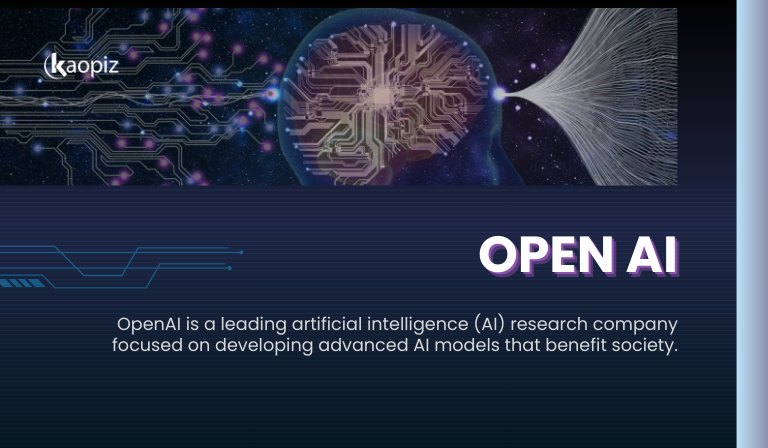
It later transitioned to a for-profit model (OpenAI LP) in 2019 to secure funding for large-scale AI development. The company is headquartered in San Francisco, California and has played a key role in advancing AI technologies.
The History and Mission of OpenAI
After discovering what is OpenAI, in this part let’s walk through the key milestones and mission of this company. The founders had existential concerns about the potential risks of artificial general intelligence (AGI) – future AI that could match or surpass human intelligence. They believed that AI should be developed transparently and responsibly to avoid misuse. To support this mission, OpenAI launched with a $1 billion endowment from its founders and investors.
In February 2018, Elon Musk left OpenAI due to a potential conflict of interest with Tesla, his automotive and clean energy company. Despite his departure, OpenAI continued its mission of advancing AI research while prioritizing safety and ethics.
Key Milestones in OpenAI’s History
- 2015: OpenAI is founded as a nonprofit AI research lab.
- 2016: The company released its first AI research papers and open-source projects.
- 2018: Elon Musk left OpenAI due to a conflict of interest with Tesla’s AI development.
- 2019: OpenAI shifted to a “capped-profit” model (OpenAI LP) and secured a $1 billion investment from Microsoft.
- 2020: Launched GPT-3, one of the most advanced language models at the time.
- 2021: The company introduced DALL·E, an AI model for image generation.
- 2022: The company released ChatGPT, making AI-powered conversational tools accessible to the public.
- 2023: OpenAI launched GPT-4, improving AI reasoning, creativity, and understanding.
- 2024: OpenAI introduced Sora, an advanced video generation model that enhances AI-driven content creation.
- 2025 and beyond: OpenAI continues to push AI advancements, with a focus on AI safety, AGI development, and broader real-world applications.
The Mission of OpenAI
At its core, the company is aimed to develop AI that is safe, ethical, and beneficial for all of humanity. The organization aims to advance AI research while ensuring its applications promote positive societal impact, transparency, and widespread accessibility.
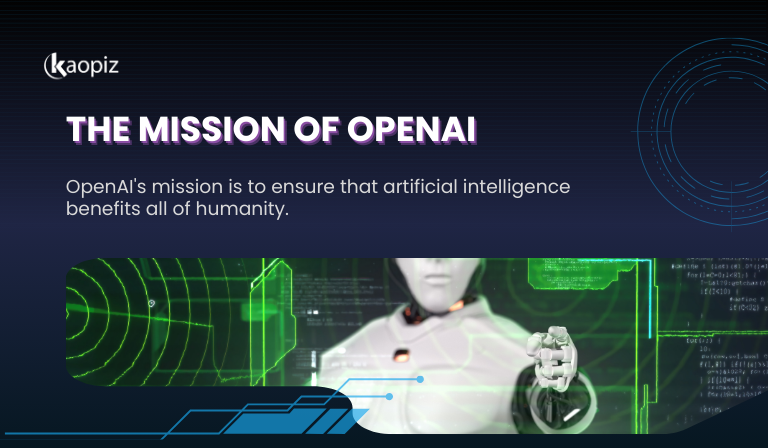
The company’s mission revolves around three key principles:
- Developing Safe AI: OpenAI prioritizes AI alignment, safety, and risk mitigation to prevent harm from powerful AI systems.
- Advancing AI Research: The company continues to push the boundaries of AI capabilities, including natural language processing (NLP), deep learning, and reinforcement learning.
- Democratizing AI Access: OpenAI provides tools, APIs, and models that businesses, developers, and researchers can use to integrate AI into real-world applications.
How Does OpenAI Work?
This company operates by developing advanced AI models using deep learning, neural networks, and reinforcement learning techniques. These AI systems can understand, generate, and process text, images, audio, and video, making them applicable across multiple industries.
OpenAI trains its AI models through a multi-step process:
- Data Collection & Preprocessing: AI models are trained on a vast dataset containing text, code, and images from diverse sources.
- Training on Supercomputers: Using high-performance computing (HPC), OpenAI processes massive datasets to teach models how to understand and generate language, images, or code.
- Fine-Tuning & Human Feedback: AI models are refined using human feedback to improve quality, accuracy, and ethical alignment.
- Deployment & Continuous Learning: OpenAI continuously updates its models based on real-world interactions and user feedback.
OpenAI’s Key Products and Releases
The company has developed several groundbreaking AI models that serve different industries, from text generation to image creation and coding assistance. These products have transformed how businesses, developers, and individuals use AI in their daily tasks like utilizing ChatGPT for app development.
GPT Series (Generative Pre-trained Transformer)
The GPT series is OpenAI’s most advanced AI technology, designed for text understanding, generation, and reasoning.
Key Models:
- GPT-4o: The most advanced model, capable of handling text, image, and audio inputs.
- GPT-4o Mini: A lightweight version for faster, cost-effective tasks.
- GPT-4 Turbo & GPT-4: Previous flagship models with strong reasoning abilities.
- GPT-3.5 Turbo: A budget-friendly option for simple tasks.
ChatGPT is OpenAI’s AI chatbot, powered by GPT-4o and designed to generate human-like responses in conversations and improve customer experience.
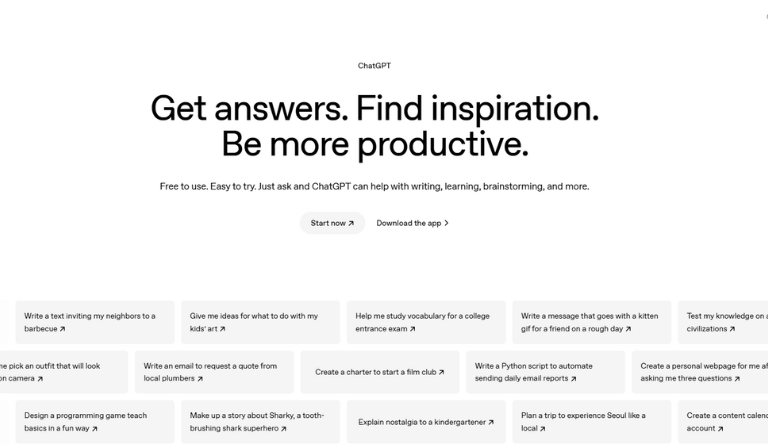
Key Features of ChatGPT:
- Understands and responds to text-based queries in real-time.
- Supports multiple languages and different tones of conversation.
- Can generate, summarize, and rewrite content efficiently.
Use Cases: Chatbots, virtual assistants, content writing, customer support, and education.
DALL·E: AI Image Generation
DALL·E is an AI-powered image generator that creates visuals based on text prompts.
Key models:
- DALL·E 2: Generates high-quality, realistic images from text prompts.
- DALL·E 3: More advanced, producing highly detailed, accurate images with better understanding of complex prompts.
Key Features:
- Generates high-resolution images, artwork, and designs.
- Can modify and enhance existing images.
- Understands detailed prompts to create unique and creative visuals.
Use cases: Graphic design, marketing, branding, and content creation.
Codex: AI for Developers
Codex is OpenAI’s AI model designed to help developers write, debug, and understand code more efficiently. It powers GitHub Copilot, a widely used AI assistant for coding.
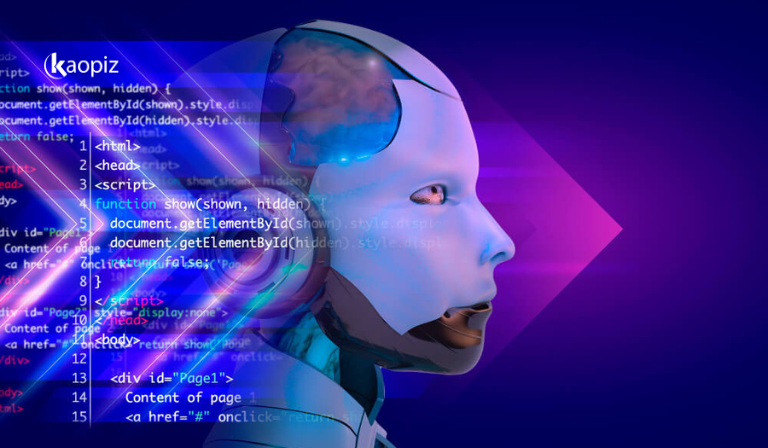
Key Features:
- Understands and writes code in multiple programming languages.
- Provides code suggestions, completions, and debugging assistance.
- Automates repetitive coding tasks.
Use Cases: Software development, debugging, and learning programming.
Whisper: AI Speech Recognition
Whisper is OpenAI’s advanced automatic speech recognition (ASR) model that converts spoken language into written text.
Key Features:
- Supports multiple languages and accents.
- Can transcribe speech in noisy environments.
- Offers real-time and batch transcription capabilities.
Use Cases: Subtitling, customer service, and accessibility tools.
OpenAI API: AI Integration for Businesses
The OpenAI API provides access to OpenAI’s language models, allowing businesses to integrate AI functionalities into their applications.
Key Features:
- Enables businesses to customize AI for their specific needs.
- Supports text, image, and code-based AI functionalities.
- Offers scalable and secure AI-powered automation.
Use Cases: Chatbots, content generation, and data analysis.
OpenAI Gym: Reinforcement Learning Toolkit
OpenAI Gym is a platform for developing and training reinforcement learning (RL) models, allowing AI systems to learn through trial and error.

Key Features:
- Provides simulated environments for training AI agents.
- Supports deep reinforcement learning experiments.
- Used for robotics, automation, and AI research.
Use Cases: Robotics, gaming AI, and automation.
Scholar: AI Support for Research
Scholar is an OpenAI initiative that provides technical support and financial assistance to students and researchers working on AI-related projects.
Key Features:
- Provides technical support and financial assistance.
- Encourages AI research and innovation.
- Connects scholars with OpenAI’s expertise.
Use Cases: AI research, education, and scientific innovation.
Advantages and Disadvantages of OpenAI Products
Generative AI is an advanced technology that brings both significant benefits and potential risks regarding ethics, accuracy, and legal implications to individuals and businesses.
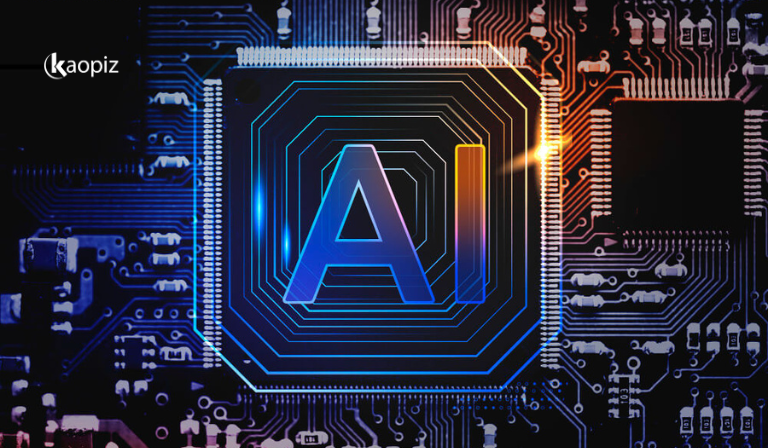
Below is a breakdown of the key advantages and disadvantages of the company’s products.
Advantages
When used effectively, its products like ChatGPT enhance productivity by automating AI-driven tasks with accuracy and efficiency in daily professional work.
- Boosts Productivity & Efficiency: OpenAI products automate repetitive tasks, saving time and allowing individuals and businesses to focus on higher-value work. AI tools streamline workflows in customer service, content creation, and data analysis.
- Cost Savings for Businesses: By automating tasks like chat support, translations, and data entry, OpenAI reduces the need for large teams. AI-driven analytics optimize processes, improving efficiency and cutting costs.
- Advanced AI Capabilities: OpenAI’s models, like GPT-4o and DALL·E, offer advanced language processing and image generation. AI-powered coding tools like Codex help developers write, debug, and automate code.
- Enhances Accessibility: Tools like Whisper provide accurate speech-to-text transcriptions, assisting individuals with disabilities. AI-powered translation tools break language barriers, enabling seamless global communication.
- Fosters Creativity & Innovation: OpenAI supports artists, writers, and designers in idea generation and content creation. Developers use AI-powered coding assistants to speed up software development and explore new solutions.
Disadvantages and Criticism
While AI technologies offer many benefits, they also come with challenges and criticisms. Concerns include ethical issues, accuracy and bias, security risks, and legal questions surrounding AI-generated content.
- Ethical Concerns: OpenAI’s shift to a for-profit model has raised concerns about its commitment to AI for the public good. Rapid AI advancements also spark debates on job displacement, misinformation, and responsible use.
- Accuracy & Bias Issues: AI models like ChatGPT can generate incorrect or biased responses due to limitations in training data. Since they rely on Internet sources, they may reflect outdated or skewed information.
- Security & Safety Risks: OpenAI’s AI tools can be misused to create deepfakes, phishing scams, or misinformation. Despite safeguards, AI-generated content still poses ethical and security risks.
- Legal & Copyright Challenges: OpenAI faces legal scrutiny over using copyrighted material for AI training. Ongoing debates focus on intellectual property rights, data privacy, and potential copyright infringement.
The Future of OpenAI
The future of OpenAI is filled with possibilities as the company continues to push the boundaries of AI. Having already made significant advancements, OpenAI is expected to expand its role in NLP, robotics, and AI-driven solutions across industries.

With models like GPT-4o leading NLP innovations, OpenAI’s technology is set to enhance fields such as healthcare, finance, and customer service. Additionally, innovations in robotics, multimodal AI (text, image, and voice), and AI-powered automation align with key AI trends in 2025, driving the next phase of OpenAI’s growth. As AI becomes more integrated into daily life, the company aims to drive innovation while ensuring safety, reliability, and ethical AI development.
How Kaopiz Leverages AI and OpenAI Technologies
Kaopiz specializes in cutting-edge AI technologies, delivering tailored solutions in computer vision and generative AI to help businesses solve real-world challenges. Recognized as one of the Top AI Development Companies in Vietnam, Kaopiz applies deep learning, predictive analytics, and AI-driven automation to enhance operational efficiency and customer experiences.
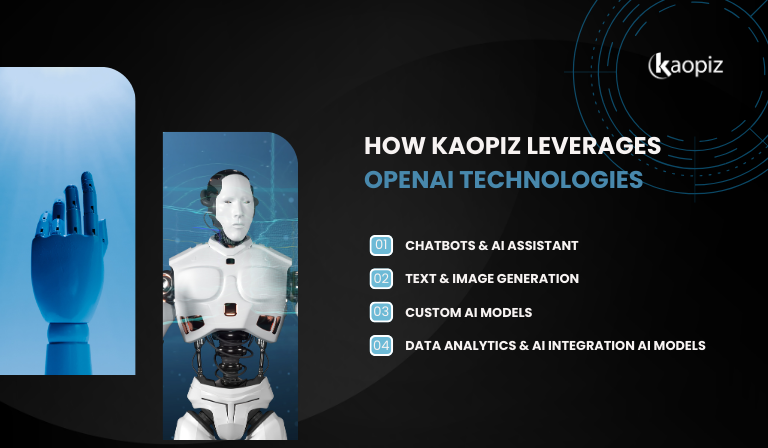
Kaopiz enables businesses to harness the power of Generative AI, driving creativity and automation in multiple areas:
- Chatbots & AI Assistants: AI-driven conversational models enhance customer support and engagement.
- Text & Image Generation: Create high-quality content for marketing, branding, and business operations.
- Custom AI Models: Tailored AI solutions designed to align with unique business objectives.
- Data Analytics & AI Integration: Use synthetic data for model training and seamlessly integrate AI tools like ChatGPT, DALL-E, and Bard into business workflows.
Our company has successfully implemented AI in various sectors:
- Healthcare: AI-powered diagnostics and predictive tools improve patient outcomes.
- Finance: Machine learning enhances fraud detection and personalizes financial services.
- E-commerce: AI-driven recommendation engines and customer behavior analysis boost sales.
- Education: Personalized learning tools enhance student engagement and academic performance.
By integrating AI and OpenAI technologies into these industries, Kaopiz helps businesses achieve greater efficiency, innovation, and revenue growth.
Conclusion
This blog explores what is OpenAI, how it works, its history, and its key products. As a leading AI company, it has revolutionized industries with ChatGPT, DALL·E, and Whisper, boosting productivity, automation, and creativity. However, it also raises concerns about ethics, bias, and security. As AI evolves, businesses must balance its benefits and challenges wisely.
If you’re looking to integrate AI into your business, Kaopiz offers custom AI solutions tailored to your needs. With expertise in computer vision, generative AI, and data analytics, we help businesses automate workflows, enhance customer experiences, and drive innovation. Contact Kaopiz today to discover how AI can transform your business.
FAQs
How to Integrate OpenAI Technologies into Business Without an In-House Development Team?
Businesses can leverage OpenAI products without an in-house team by partnering with AI vendors. Follow these steps:
- Define Your Needs: Identify tasks to automate (e.g., chatbots, content creation) and choose the right OpenAI tools.
- Research Vendors: Look for AI providers with expertise in OpenAI integration and strong client reviews.
- Evaluate Expertise: Review case studies and ensure experience in AI customization.
- Check Security & Compliance: Confirm data protection policies and industry regulations.
- Request a Demo: Test AI solutions for accuracy, efficiency, and seamless integration.
- Compare Pricing & Support: Choose a vendor offering reliable support and scalable solutions.
- Select a Trusted Partner: Work with a vendor like Kaopiz, specializing in AI-driven business solutions.
Is OpenAI Better Than Google?
OpenAI and Google both lead in AI innovation, but they focus on different areas. OpenAI specializes in generative AI with models like ChatGPT and DALL·E, while Google’s AI powers search, cloud services, and assistant technologies. The best choice depends on specific business needs.
What is the Difference Between Chatbot and OpenAI?
A chatbot is an AI-powered tool designed for automated conversations, while OpenAI is a company that develops advanced AI models like ChatGPT, which powers chatbots. Chatbots use AI models to provide customer support, automate tasks, and enhance user interactions.
2 Replies to “What is OpenAI? Everything You Need to Know (2025 Guide)”
Leave a Comment
Trending Post


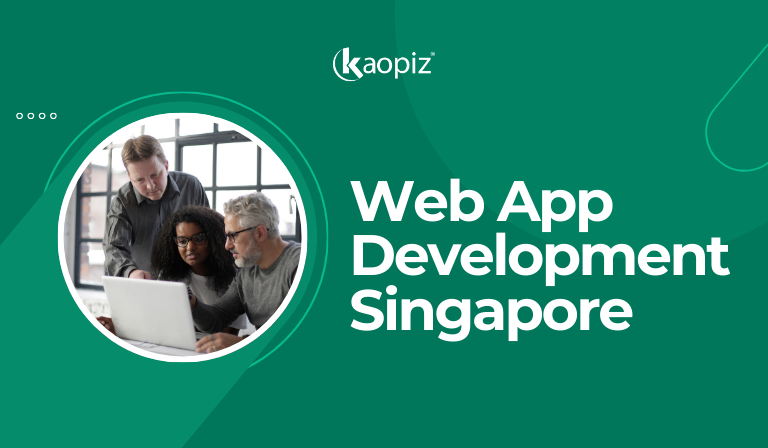

















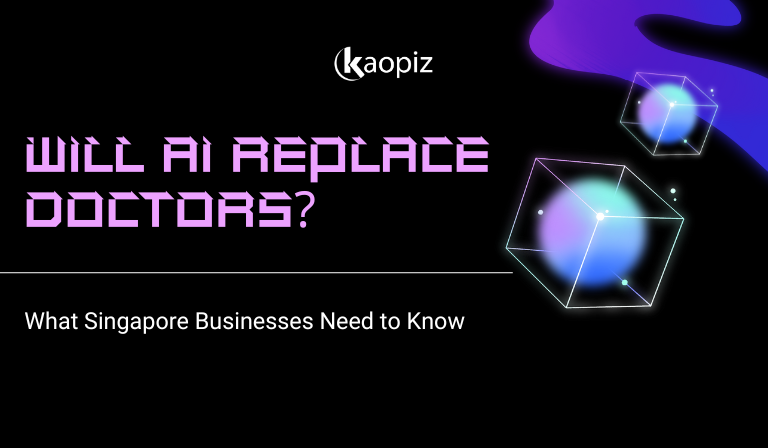
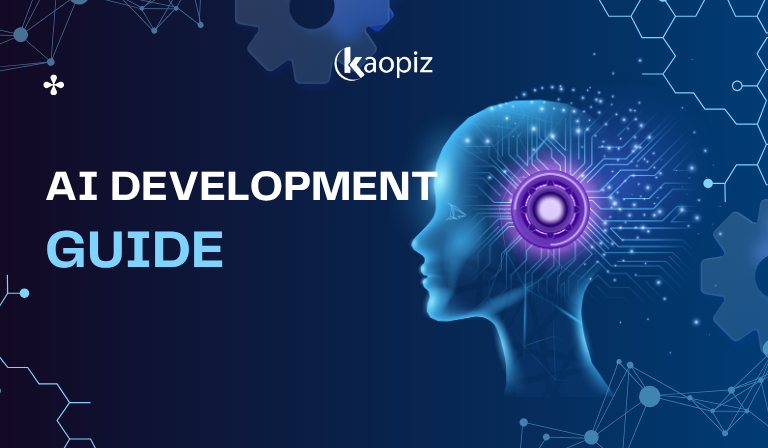
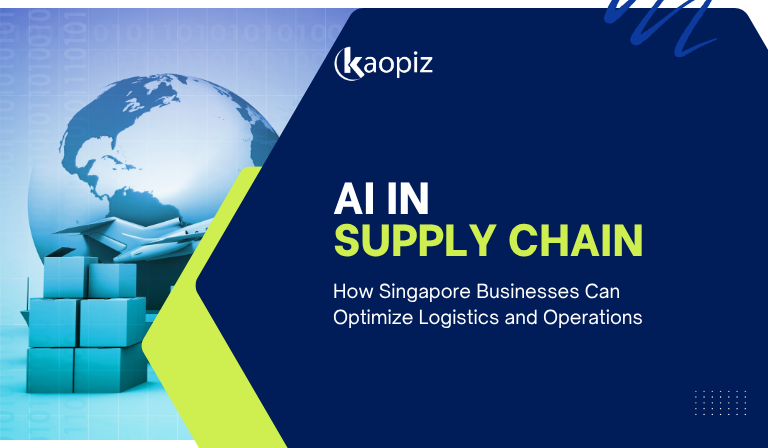

Pingback:Best AI Chatbots for Business in 2025: How to Choose Right One
Pingback:Perplexity vs ChatGPT – Which One Should You Use in 2025?